Specialized wasps will counter the ash borer invasion ♥️.
Emerald ash borers have killed millions of trees in North America. Another insect might solve the problem.
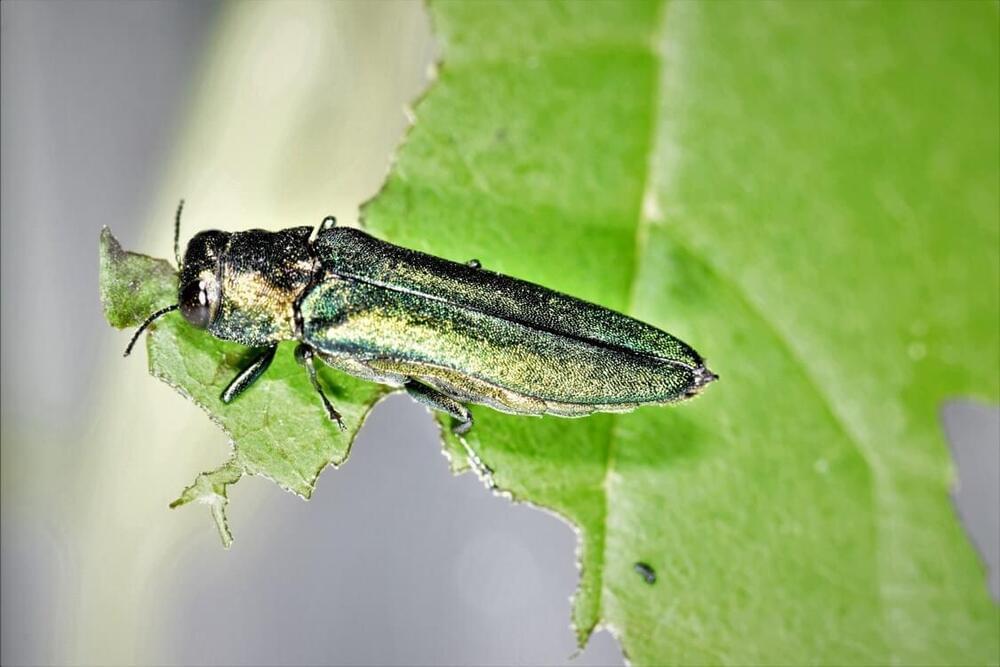
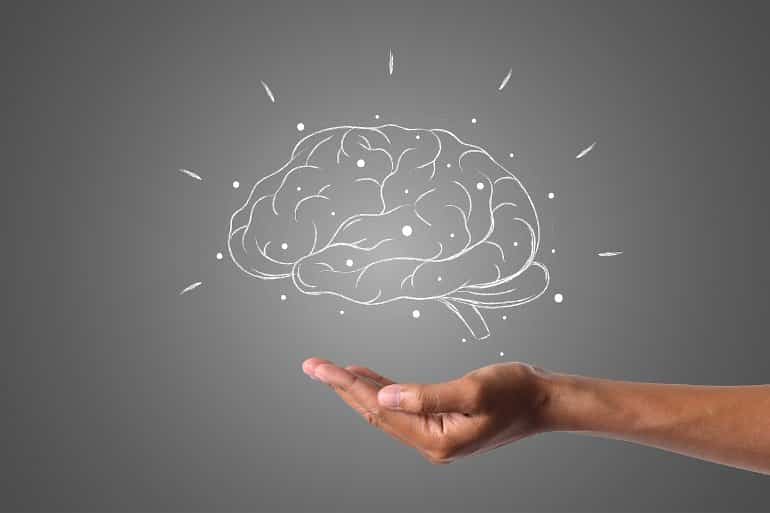
Summary: Oleic acid produced in the brain is an essential regulator of processes that enable memory, learning, and mood regulation. Oleic acid, which is abundant in olive oil, also promoted neurogenesis and increases cell proliferation.
Source: Baylor College of Medicine.
Many people dread experiencing the cognitive and mood declines that often accompany reaching an advanced age, including memory disorders such as Alzheimer’s disease and mood conditions like depression.
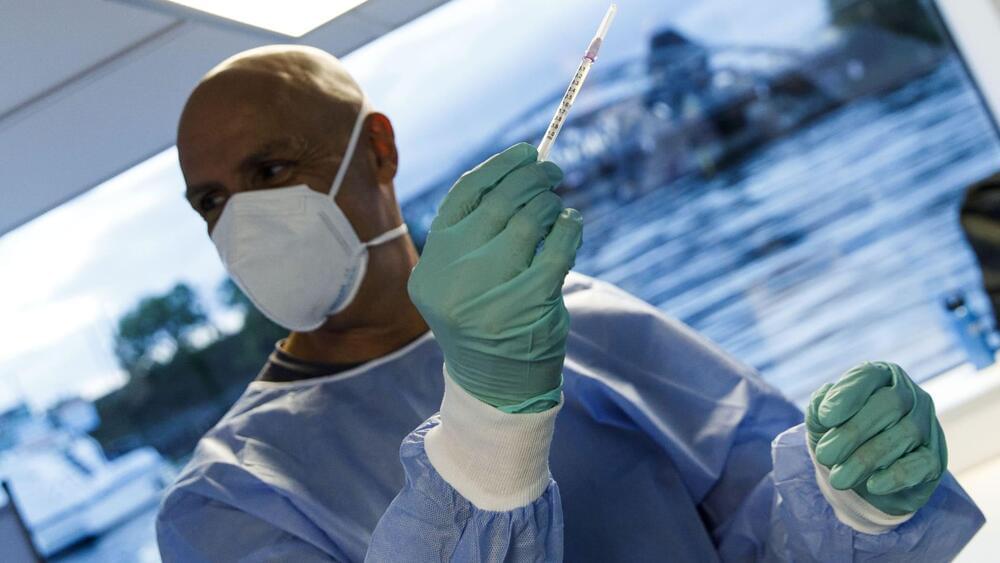
LONDON — While war rages in Ukraine, not much attention is being paid to surging Covid-19 cases across Europe that could soon start to filter out to the rest of the world.
The rise in cases across the continent, from the U.K. and France to Italy and Austria, is being driven by several factors: The lifting of most — if not all — Covid restrictions, waning immunity from vaccines and booster shots, and the spread of the more transmissible omicron subvariant, BA.2.
“We all hoped and expected a different turn now at the beginning of spring,” Ralf Reintjes, professor of epidemiology at the Hamburg University of Applied Sciences, told CNBC this week.
The double-slit experiment is one of the most famous experiments in physics and definitely one of the weirdest. It demonstrates that matter and energy (such as light) can exhibit both wave and particle characteristics — known as the particle-wave duality of matter — depending on the scenario, according to the scientific communication site Interesting Engineering.
According to the University of Sussex, American physicist Richard Feynman referred to this paradox as the central mystery of quantum mechanics.
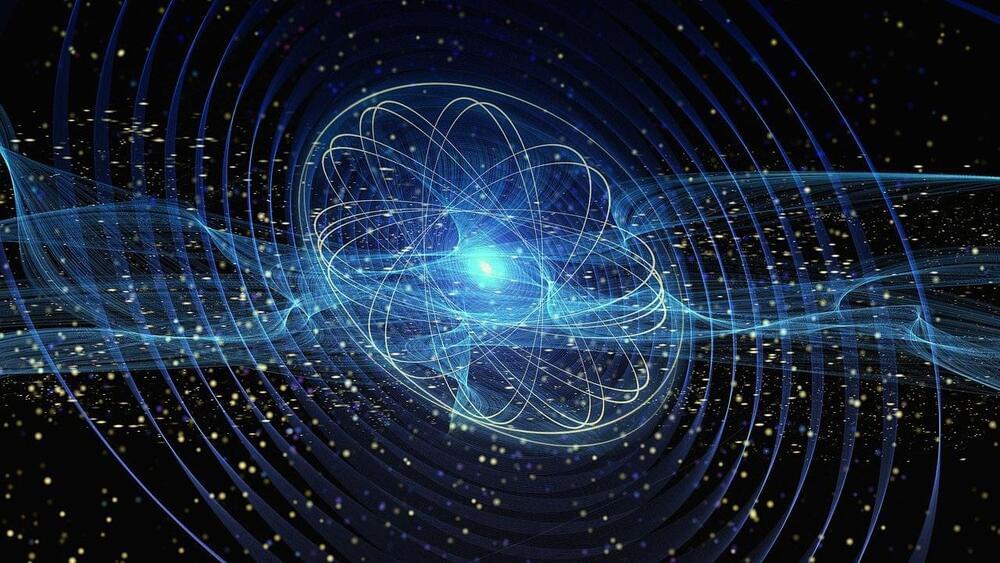
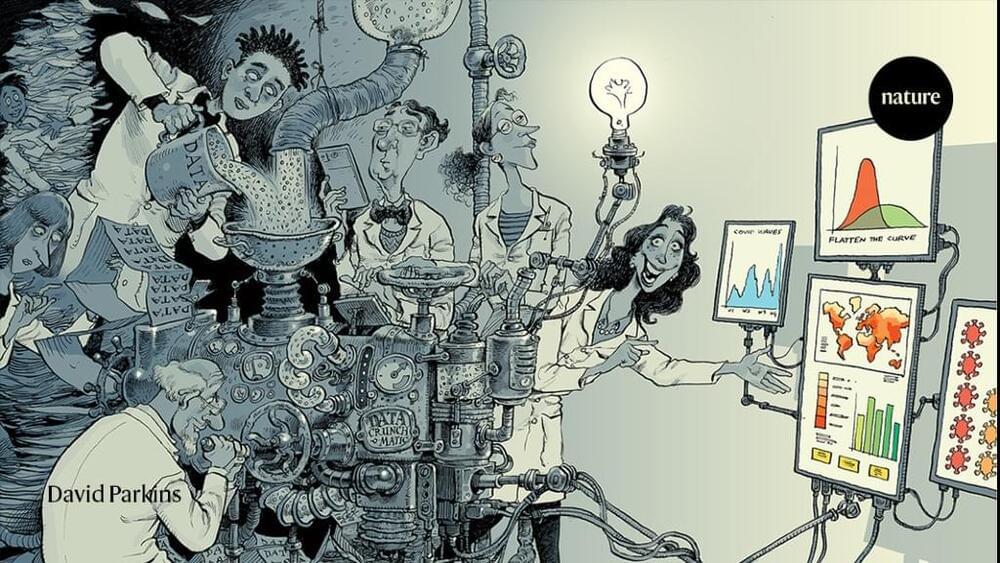
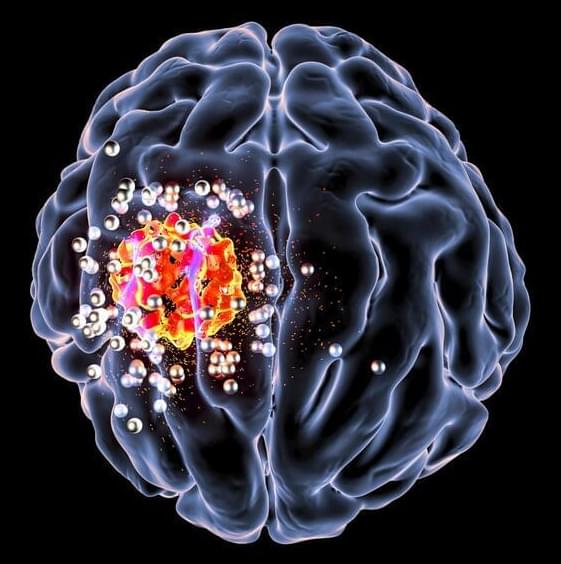
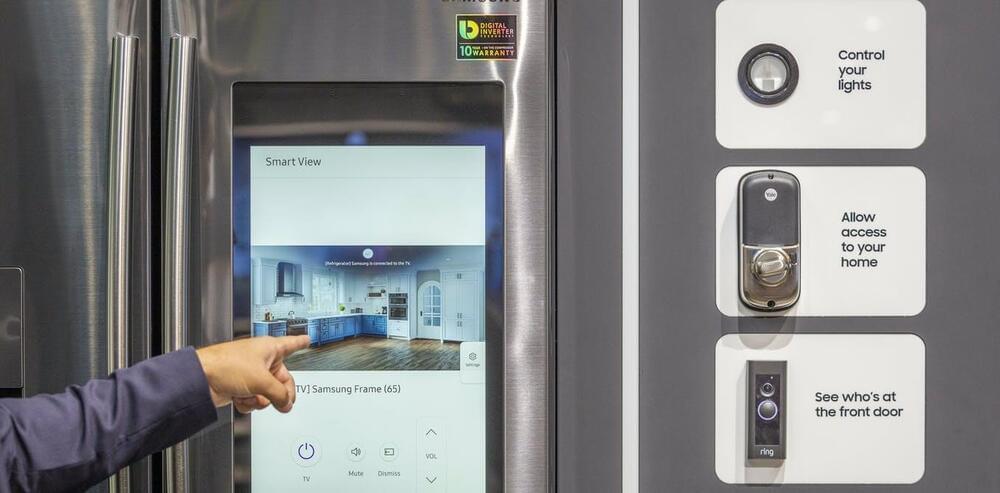
Your appliances, car and home are designed to make your life easier and automate tasks you perform daily: switch lights on and off when you enter and exit a room, remind you that your tomatoes are about to go bad, personalize the temperature of the house depending on the weather and preferences of each person in the household.
To do their magic, they need the internet to reach out for help and correlate data. Without internet access, your smart thermostat can collect data about you, but it doesn’t know what the weather forecast is, and it isn’t powerful enough to process all of the information to decide what to do.
But it’s not just the things in your home that are communicating over the internet. Workplaces, malls and cities are also becoming smarter, and the smart devices in those places have similar requirements. In fact, the Internet of Things (IoT) is already widely used in transport and logistics, agriculture and farming, and industry automation. There were around 22 billion internet-connected devices in use around the world in 2018, and the number is projected to grow to over 50 billion by 2030.
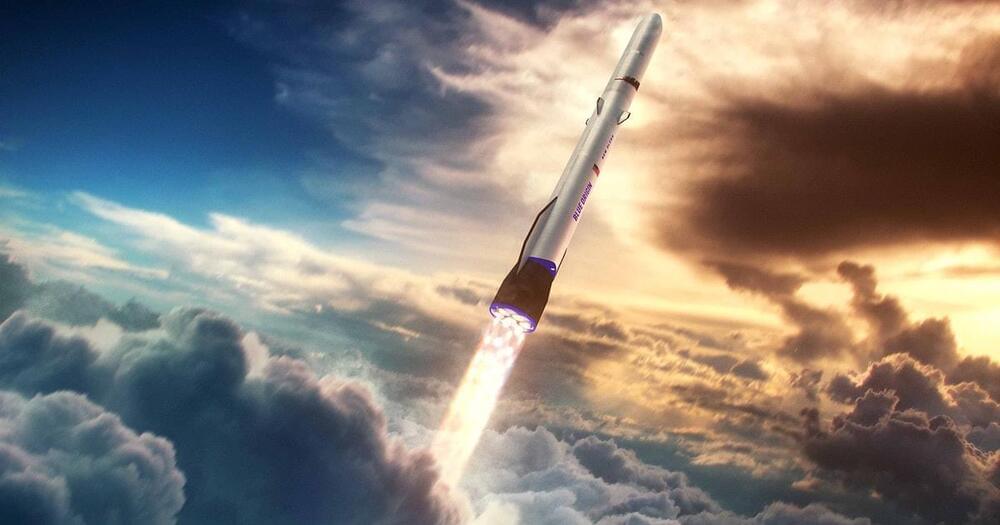
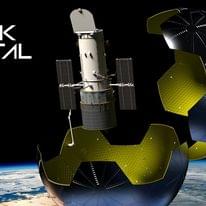
How to robotically build a human habitat in space…
Happening now.
Accelerate the accessibility and commercialization of cislunar space through cost-effective, habitable, scalable Infrastructure.
A talk with Sebastian Asprella CEO at ThinkOrbital: a commercial space-platform developer with a mission to accelerate the commercialization of cislunar space, focusing on On-orbit servicing, assembly and manufacturing technologies. Their flagship space-platform, the Orb2, is designed for a single-launch on-orbit assembly model, capable of delivering an internal spherical volume of up to 4000m3.